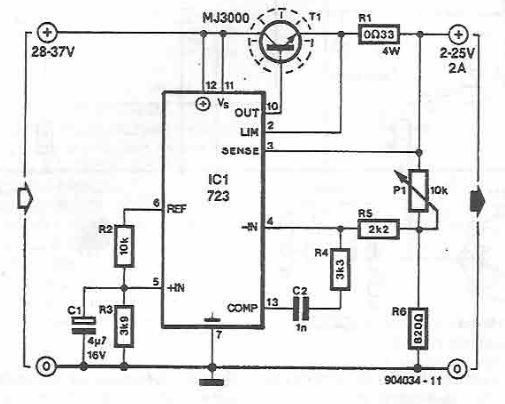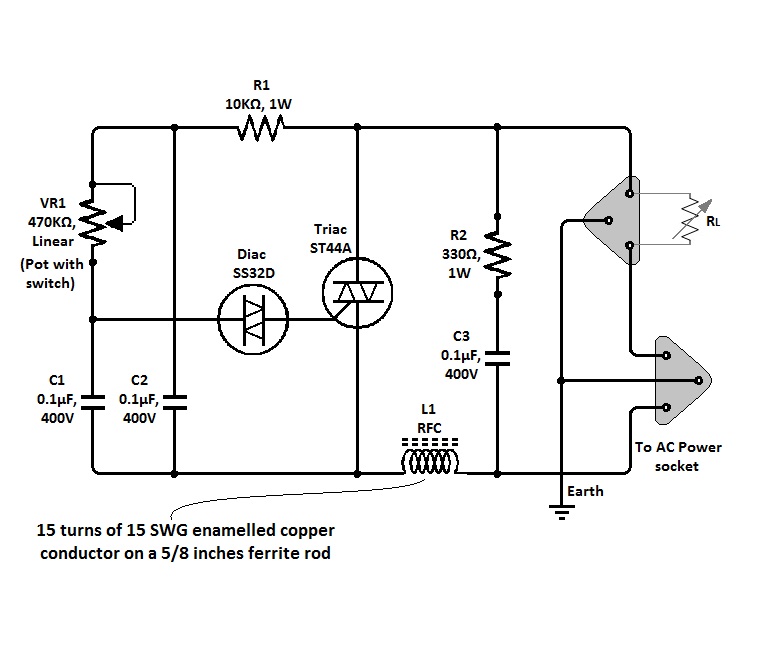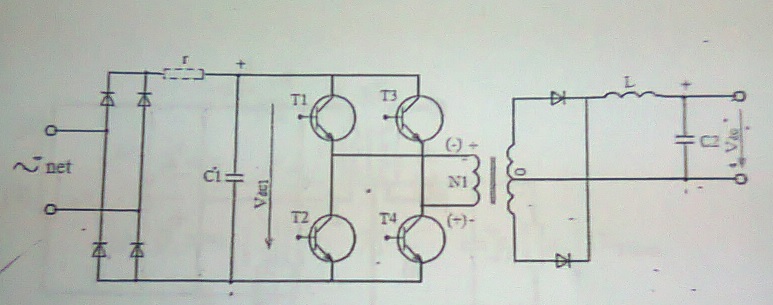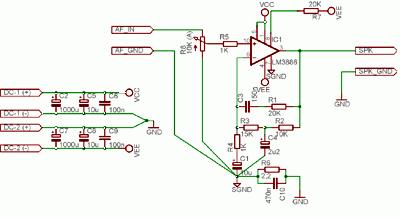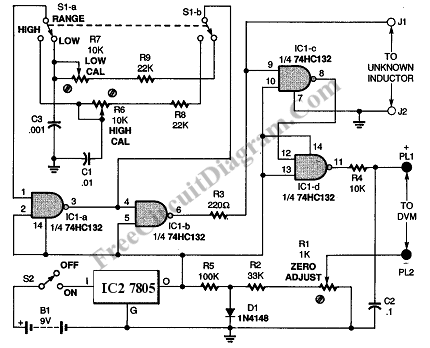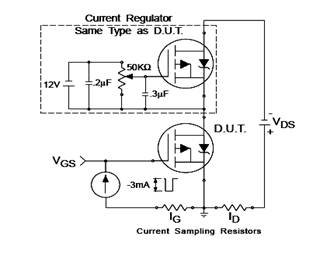
Clap Switch Circuit Project
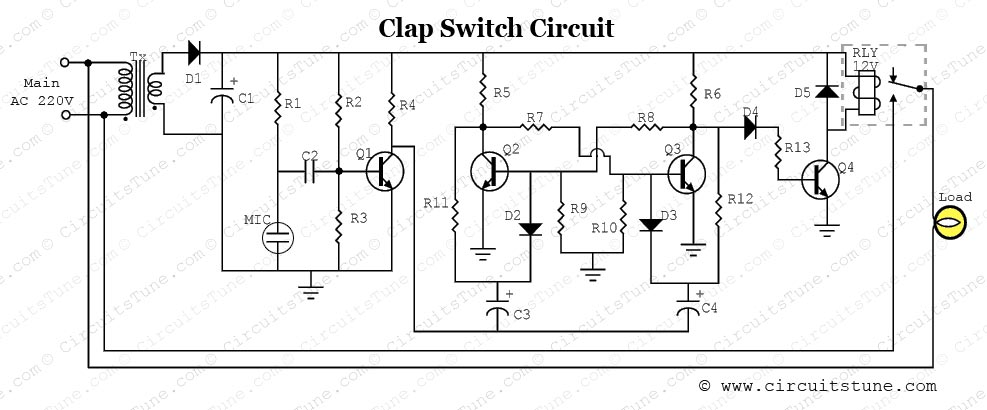
This is a simple electronic circuit for a clap switch project. It is suitable for beginner electronics learners who enjoy experimenting with new projects. The circuit can turn on or off a 220V electronic device, such as a fan or lamp, in response to the sound of a clap. The circuit consists of a minimal number of components, including a relay, transformer, condenser microphone, a few transistors, and a lamp. The lamp serves as a testing device, but other devices like a fan, calling bell, or radio can also be used. A small microphone (MIC) detects the clap sound and converts it into an electrical signal. This signal is amplified by transistor Q1, which acts as a common emitter amplifier. The amplified signal is then fed into a bistable multivibrator section composed of two transistors, Q2 and Q3. When a clap sound triggers the bistable multivibrator, if Q2 is on, Q3 will be switched off, maintaining stability in one state. Triggering the circuit again with another clap sound causes the two states to flip-flop, with Q2 turning off and Q3 turning on. The circuit remains stable until the next trigger is applied. The relay is activated by the output from the current amplifier (Q4), which amplifies the flip-flop signal. The relay functions as an electromagnetic switch, controlling high voltage (AC) electrical appliances (the load in this circuit) with the low voltage (DC) clap switch.
This clap switch circuit is designed to provide a convenient and innovative method for controlling electrical devices using sound. The core components include a condenser microphone that captures the sound of a clap and converts it into an electrical signal, which is crucial for the operation of the entire circuit. The initial amplification stage provided by Q1 ensures that the signal from the microphone is strong enough for further processing.
The bistable multivibrator configuration formed by Q2 and Q3 is essential for creating a toggle effect in response to the clap sound. This configuration allows the circuit to maintain its state until another trigger is received. The flip-flop behavior is particularly useful in applications where a momentary action (the clap) needs to control a persistent state (the on or off state of an appliance).
The relay, driven by Q4, serves as the interface between the low-voltage control circuit and the high-voltage load. This is a critical safety feature, as it allows the user to operate high voltage devices without direct interaction with high voltages. The relay's activation is contingent upon the output from the current amplifier, which ensures that the relay operates reliably and is capable of handling the current requirements of the connected appliances.
In summary, this clap switch circuit exemplifies an effective application of basic electronic components to create an interactive and user-friendly device for controlling electrical appliances through sound, demonstrating principles of amplification, signal processing, and relay operation.This is a simple electronics circuit of clap switch project. If you are a beginner electronics learner, and love to get new project experiment then this is a great circuit for you. This circuit can on/off a 220V electronic device like fan, lamp by the sound of clap. As shown in the circuit a very few number of parts is used including relay, transf ormer, condenser microphone, few transistor, a lamp etc. Lamp is used as a testing device; here another device could be use like fan, calling bell, radio etc. A small microphone (MIC) detects the clap sound and converts into electrical signal. Which is amplified by Q1 (here Q1 used as a common emitter amplifier). Amplified signal goes into the Bistable Multivibrator section made by two transistors Q2 and Q3. When we apply a trigger to the Bistable Multivibrator circuit with a clap sound then, if Q2 is on, Q3 gets switched off.
Thus, the circuit remains stable in a single state continuously. At the moment if we trigger with another clap sound the two states will flip-flop with Q2 switched off and Q3 switched on. The circuit will remain stable continuously until we apply the next trigger. Relay gets triggered from the output of current-amplifier (Q4) which is used to amplify the flip-flop signal.
Relay is kind of electromagnetic switch, which is used to controlling other high voltage (AC) electrical appliance (Load in our circuit) with this low voltage (DC) clap switch. 🔗 External reference
This clap switch circuit is designed to provide a convenient and innovative method for controlling electrical devices using sound. The core components include a condenser microphone that captures the sound of a clap and converts it into an electrical signal, which is crucial for the operation of the entire circuit. The initial amplification stage provided by Q1 ensures that the signal from the microphone is strong enough for further processing.
The bistable multivibrator configuration formed by Q2 and Q3 is essential for creating a toggle effect in response to the clap sound. This configuration allows the circuit to maintain its state until another trigger is received. The flip-flop behavior is particularly useful in applications where a momentary action (the clap) needs to control a persistent state (the on or off state of an appliance).
The relay, driven by Q4, serves as the interface between the low-voltage control circuit and the high-voltage load. This is a critical safety feature, as it allows the user to operate high voltage devices without direct interaction with high voltages. The relay's activation is contingent upon the output from the current amplifier, which ensures that the relay operates reliably and is capable of handling the current requirements of the connected appliances.
In summary, this clap switch circuit exemplifies an effective application of basic electronic components to create an interactive and user-friendly device for controlling electrical appliances through sound, demonstrating principles of amplification, signal processing, and relay operation.This is a simple electronics circuit of clap switch project. If you are a beginner electronics learner, and love to get new project experiment then this is a great circuit for you. This circuit can on/off a 220V electronic device like fan, lamp by the sound of clap. As shown in the circuit a very few number of parts is used including relay, transf ormer, condenser microphone, few transistor, a lamp etc. Lamp is used as a testing device; here another device could be use like fan, calling bell, radio etc. A small microphone (MIC) detects the clap sound and converts into electrical signal. Which is amplified by Q1 (here Q1 used as a common emitter amplifier). Amplified signal goes into the Bistable Multivibrator section made by two transistors Q2 and Q3. When we apply a trigger to the Bistable Multivibrator circuit with a clap sound then, if Q2 is on, Q3 gets switched off.
Thus, the circuit remains stable in a single state continuously. At the moment if we trigger with another clap sound the two states will flip-flop with Q2 switched off and Q3 switched on. The circuit will remain stable continuously until we apply the next trigger. Relay gets triggered from the output of current-amplifier (Q4) which is used to amplify the flip-flop signal.
Relay is kind of electromagnetic switch, which is used to controlling other high voltage (AC) electrical appliance (Load in our circuit) with this low voltage (DC) clap switch. 🔗 External reference
Warning: include(partials/cookie-banner.php): Failed to open stream: Permission denied in /var/www/html/nextgr/view-circuit.php on line 713
Warning: include(): Failed opening 'partials/cookie-banner.php' for inclusion (include_path='.:/usr/share/php') in /var/www/html/nextgr/view-circuit.php on line 713
